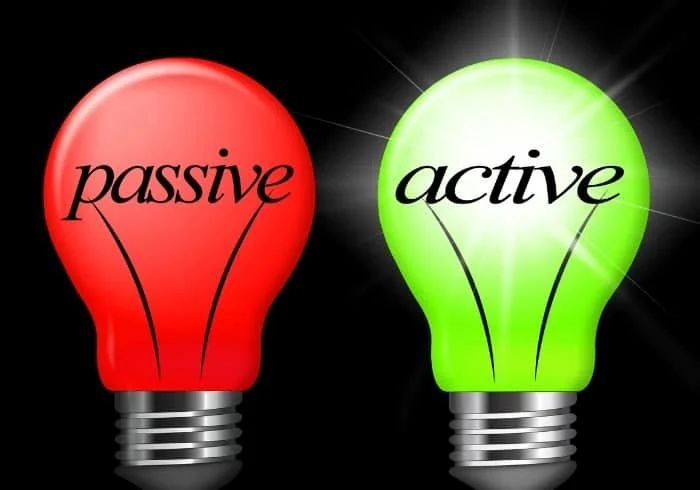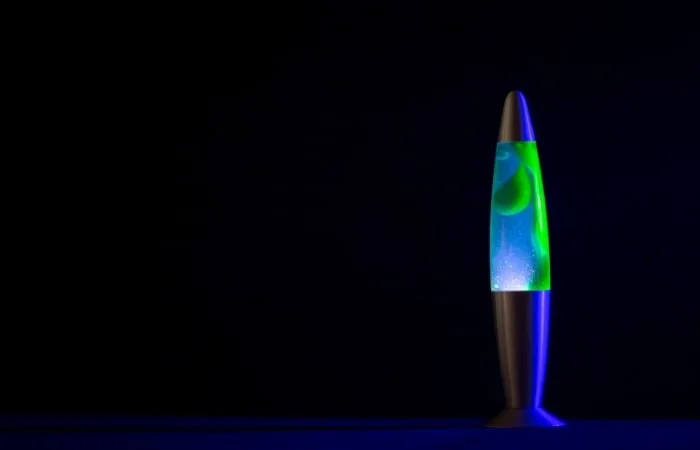You’ve invested in some quality studio gear, got your working area set up, you’ve set aside some time, and are all ready to go.
Still, when you sit down to work, nothing comes to your mind… Perhaps what you need is to create an environment that will give that inspiration a little push.
We’re going to discuss some tips and tricks that may help you improve the look and feel of the place where your music is born.
We’ll look at some cool examples that are out there that will hopefully inspire you, plus a few examples of what you can use to get your studio looking on point.
So with that said, let’s get going so we can get back to working on those killer beats or that track that you’ve been trying to finish for the last six months.
Why is Studio Lighting Important?
It’s been known for a long time now the physiological effect that light can have on people. It can make you feel full of energy or completely tired. It can bring you stress or calmness.
For these and many other reasons, it is essential to correctly light your home studio since it is the space where all your creative ideas flow, and you tend to spend a lot of time there.
Let’s go over some basic concepts to help you decide the lighting scheme that you should use.
When talking about color temperature, there are two kinds of light: warm and cold.
Generally and lightly speaking (excuse the pun), the warm light tends to be yellowish, and the cold light is whitish (of course, such definitions would be deemed imprecise by a techie, but for our practical purposes, they will work).

It is interesting; over time, we become conditioned to see cold lights all the time. They seem to be now everywhere, but there is a reason for this. White light is better for productivity, so they are the go-to option for workspaces, with warm lighting associated more with home lights for a more cozy and relaxing feel.

We should talk about passive and active lighting.
Passive lighting usually refers to any architectural element that uses sunlight, without electronics, to light interiors(like windows, light wells, or light shelves).
In opposition, active lighting refers to the architectural elements that depend on electronics to illuminate interiors(lightbulbs, lamps, etc.).
Unfortunately, in many home recording studios, we don’t benefit from passive lighting; therefore, we must rely on active lighting to create an ambiance.
Decide on a Budget
Like in any other project, you should begin by deciding on a budget you want to spend on lighting your studio. You can always consider utilizing items you already have around the house. You might be surprised by what you can find available to you.
Failing that, LED and other lighting forms are pretty cheap these days, so they shouldn’t break the bank.

Look for inspiration
References will always help. Spend some time looking for illumination ideas that are used in other studios. There’s plenty of photos, articles, and websites that can give you inspiration and ideas. (I’m going to provide you with some examples below).
These are also great to inform you about technologies and prices. The more time you spend in this stage, the easier you will implement your lighting scheme.
I use Pinterest and save all the ideas that I think are cool to one of my boards. I’m often amazed at some of the innovative ideas people come up with.
Avoid over-illumination
You want to have cool lighting but let’s not exaggerate it. Consider the possible intensity of your lighting scheme before you start to install it is paramount. You must use just the right amount of light necessary to see clearly, but not overly intense.
It is essential to know that over-illumination can cause stress and anxiety and trigger migraines and headaches (things that you definitely don’t need while recording). Oh, and it is way more expensive and unnecessary.
So minimalism is the right criteria, in my opinion, when thinking about lighting.

Use a Combination of Passive and Active Lighting
Sometimes it is not possible to use or rely only on passive light; as we know, in a lot of cases, home recording studios are set up in spaces where natural light is not an option.
In such cases, you should consider using some active light with warm colors to create an ambiance of creativity.

What To Light Up
To achieve the ambiance lighting we mentioned earlier, it is also important to experiment with dark spaces and light. It would help if you considered where to let those dark spaces be and where you need to have visibility in places like entrances and exits, plug sockets, etc.).
Be creative, but also make sure there’s enough light, so you’re not bumping into things or tripping over cables, etc.
Select a Color Temperature
As I mentioned before, color temperature is critical and will set the right mood. Selecting the right color temperature will help you get the right balance between visibility and creating the ambiance you’re looking for.
It is definitely better to use a warmer temperature compared to a cooler one. Usually, a temperature between 2700-3500k will work quite nicely, or you can also ask your local lighting geek for different options to try out.
Pick Any Color You Like

There are plenty of options in lightbulbs, LEDs, Lava Lamps, and filters that you can use to decorate your space. They don’t need to be the main attraction but definitely can help you build the vibe you want.
Those elements also include directional lights, which are perfect for illuminating certain spots you want to highlight.
The beauty of modern-day LED lights is you can easily adjust the color depending on whatever vibe you are feeling that day.
Chromotherapy

In Chromotherapy (based on the premise that colors and light can be used to correct physical ailments), there is an exciting approach to color and light.
We can distinguish an amazing amount of different colors, but they can be reduced to the 3 basics: blue, red, and yellow, and according to Chromotherapy, 3 secondary: orange, purple, and green.
Each color has a particular meaning, so let’s take a look:
Red: The libido booster. It is a warm color that gives you more energy, ideal for overtired people, it also boosts sexual desires.
Yellow: The depression suppressor.
Blue: Bringer of peace, it lowers high blood pressure and calms people down.
Green: Strength provider, related to nature, stimulates growth and health.
Purple: The nightcap. It can help you fall asleep and reduces emotional and mental stress.
Orange: Stimulates creativity; it is linked to breathing.
Which one would be better for your studio?
Canned heat
When choosing the lighting for your studio, remember that usually, you tend to spend hours in there.
Temperature (not the light version) is a crucial factor for you and whoever else you might have joined you for a recording session.
If you want to feel comfortable and relaxed for an extended period and not a sweaty mess after half an hour, make sure your lighting is a low heat emitting option, like LED and avoid incandescent light bulbs.
Are you experienced?
When installing your lighting in your studio, make sure that you know what you are doing. Some lights require you to plug and play; of course, read the instructions and follow them (we all do that, right?).
Feel The Vibe
Play around with your lighting until you are feeling the vibe. If you are not happy with it, simply change it.
Remember that it’s not just about its functionality. It would help if you felt comfortable and inspired in there.
For minimal effort and cost, you can really transform your workspace.
10 Of The Best Home Recording Studio Lighting Setups
Below I’ve found some interesting ideas that will hopefully inspire you.
White background, calming lights with a nice surrounding effect.
Using an old drum kit to house the lighting.
Nice minimal lighting set up, with a couple of spotlights on the controllers.
A simple LED strip around the desk finished off with a retro Lava and desk lamp.
Nice and elegant. Backlit LED behind the desk and a string of warm bulbs in the corner.
May the force be with you. Studio on the Death Star?
I mean, you don’t get much more natural lighting than this setup.
I love this one (not just because of those amazing synths!) It works really well with the textured wall.
Purple and blue doing the job in Rameses B’s home music studio/gaming setup.
A mix of natural light along with a warm glow from a simple bulb.
Studio LED Lighting Options For You To Explore
Finally, here are some cool options that you can check out if you decide to use some LED lighting in your studio:
Nexlux LED Strip Lights: What is cool about these lights is that they have a WIFI-linked app and are rubber-encapsulated, making them durable.
The Wifi app can be used to change colors or blinking frequency as well as fading rate.
Check them out here:
HRDJ Smart Led Strip Lights: If you want something longer and more essential, you could go with the HRDJ Strip lights; they are 65.6ft.
The downside is that it comes only with the 3 primary colors Red, Blue, and green. But the overall quality is pretty good.
Take a look here:
The Original Lava Lamp: Invented in 1963, this is a classic lighting studio add-on for a cool vibe.
If you like that retro lava lamp look, this one’s for you:
Lemonbest Modern Triangle 5W LED Wall Sconce Light Fixture.
If you want to have some shaped lights for your walls, this is undoubtedly a good option:
Final Words
Hopefully, you’ve seen something above to get your creative juices flowing. If not, get yourself onto Pinterest and have a look around for some ideas.
It really does make a huge difference having some nice lighting in your studio. Let’s be honest; you probably spend a lot of time in there, so why not make it a nicer place to be.





 Want to connect with other music producers for help and guidance?
Want to connect with other music producers for help and guidance?